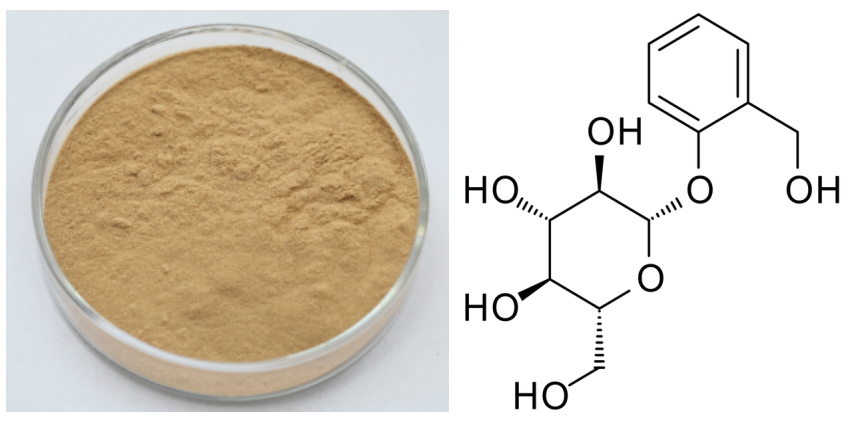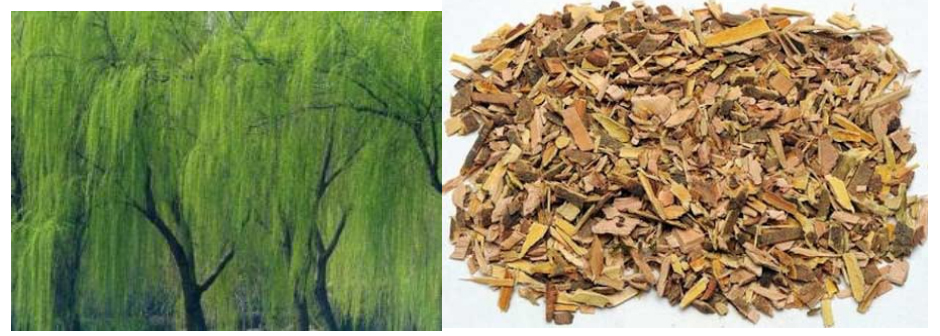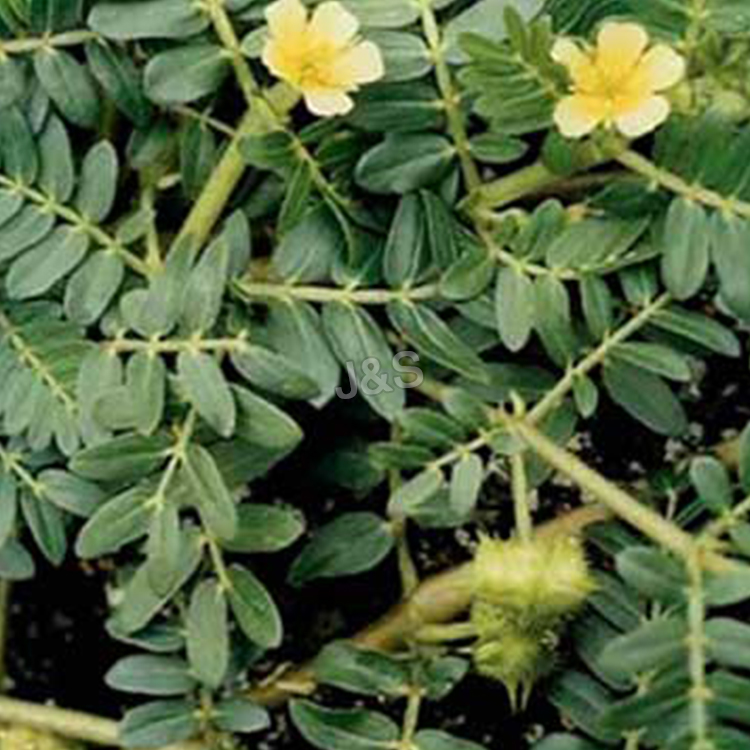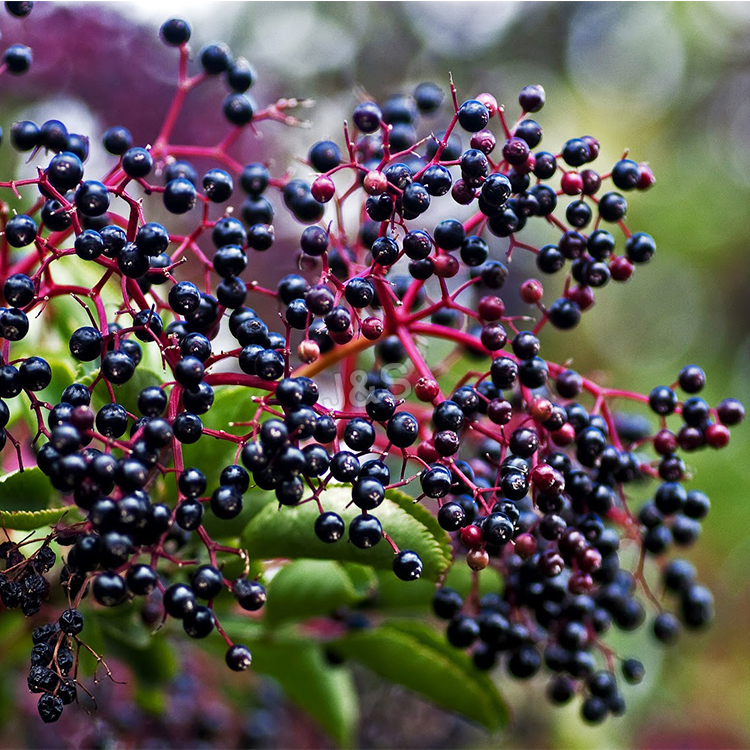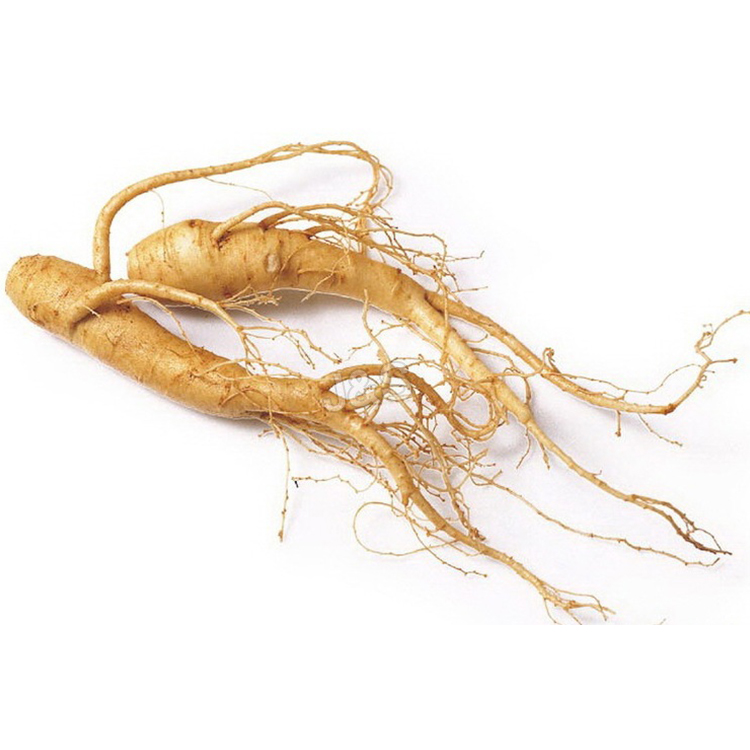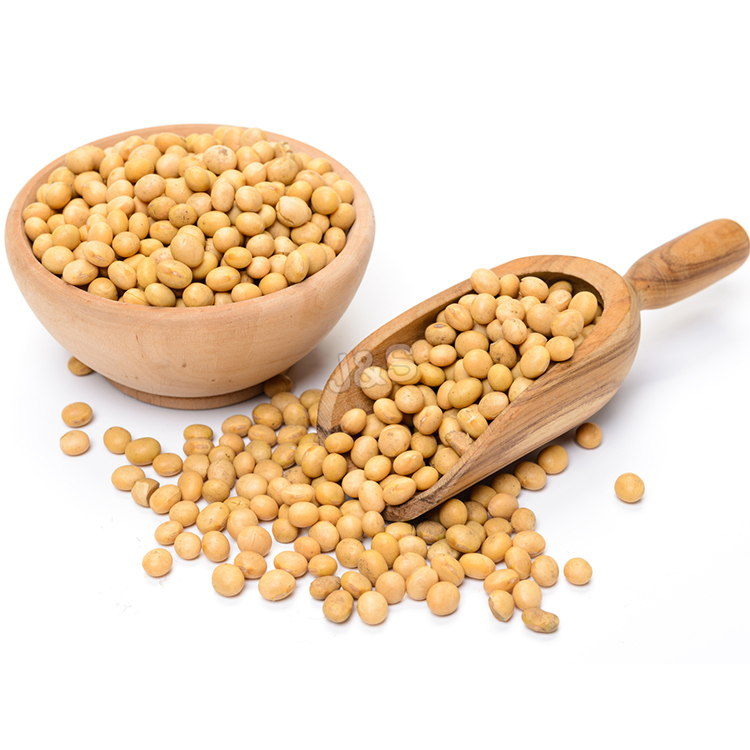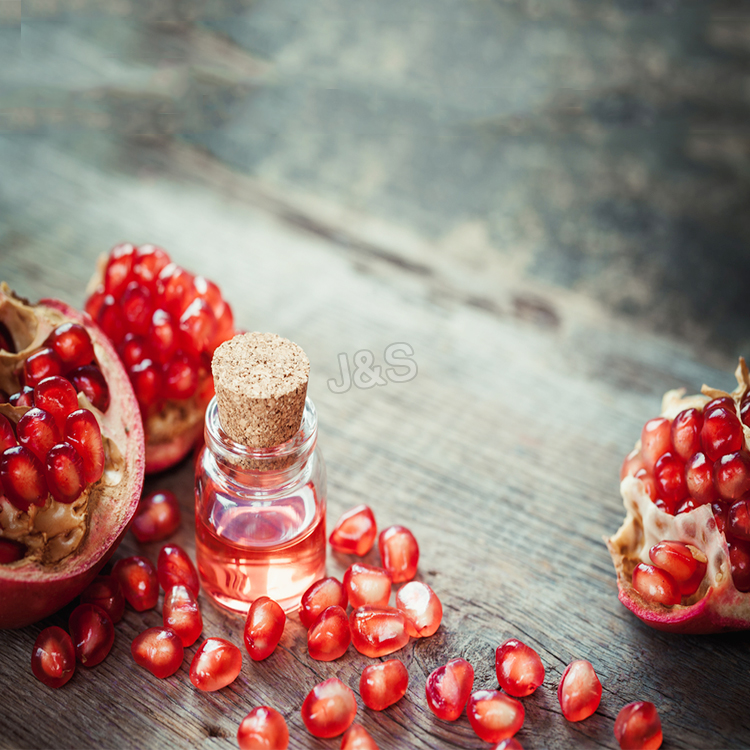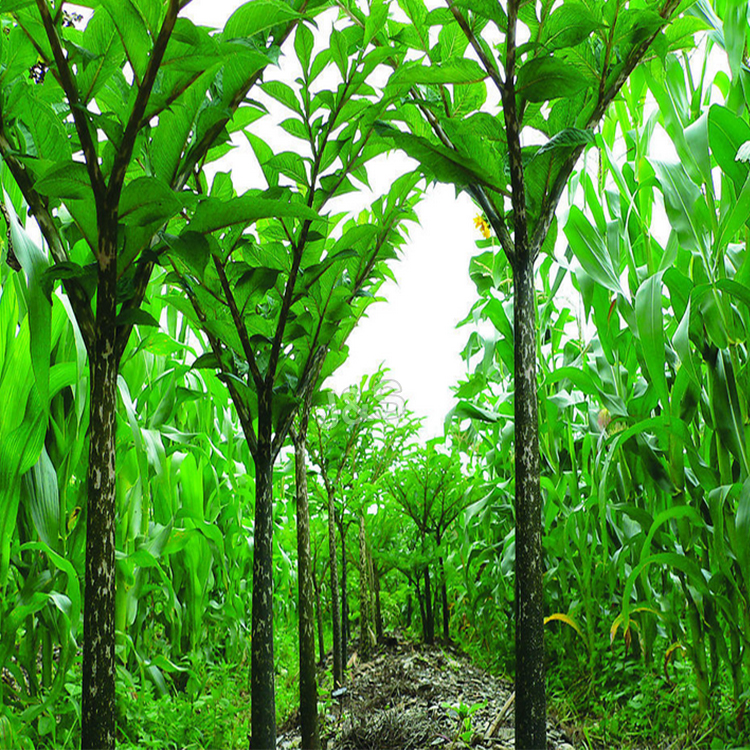Competitive Price for White Willow Bark Extract Factory from Malaysia
Competitive Price for White Willow Bark Extract Factory from Malaysia Detail:
[Latin Name] Salix alba L.
[Plant Source] from China
[Specifications] Salicin 15-98%
[Appearance] Yellow Brown to White powder
Plant Part Used: Bark
[Particle size] 80 Mesh
[Loss on drying] ≤5.0%
[Heavy Metal] ≤10PPM
[Storage] Store in cool & dry area, keep away from the direct light and heat.
[Shelf life] 24 Months
[Package] Packed in paper-drums and two plastic-bags inside.
[Net weight] 25kgs/drum
Brief Introduction
Salicin is a naturally occurring compound found in the bark of several species of trees, primarily North American in origin, that are from the willow, poplar, and aspen families. White willow, from whose Latin name, Salix alba, the term salicin is derived, is the most well known source of this compound, but it is found in a number of other trees, shrubs, and herbaceous plants as well being synthesized commercially. It is a member of the glucoside family of chemicals and is used as an analgesic and antipyretic. Salicin is used as a precursor for the synthesis of salicylic acid and acetylsalicylic acid, commonly known as aspirin.
A colorless, crystalline solid in its pure form, salicin has the chemical formula C13H18O7. Part of its chemical structure is equivalent to the sugar glucose, meaning it is classified as a glucoside. It is soluble, but not strongly so, in water and alcolhol. Salicin has a bitter taste and is a natural analgesic and antipyretic, or fever reducer. In large quantities, it can be toxic, and overdoses may lead to liver and kidney damage. In its raw form, it may be mildly irritating to skin, respiratory organs, and eyes.
Function
1. Salicin is used to ease pain and reduce inflammation.
2. Relieve acute and chronic pain, including headache, back and neck pain, muscle aches, and menstrual cramps; Control arthritis discomforts.
3. Relieve acute and chronic pain.
4. It has the same effect on the body as aspirin without any of the side effects.
5. It is an anti-inflammatory, a fever reducer, an analgesic, an anti-rheumatic, and an astringent. Specifically, it helps to relieve headaches.
Application
1.Anti-inflammatory, anti-rheumatic,
2.Reduce a fever,
3.Use as an analgesic and astringent,
4.Relieve headache,
5.Ease pain caused by rheumatism, arthritis, and carpal tunnel syndrome.
Product detail pictures:
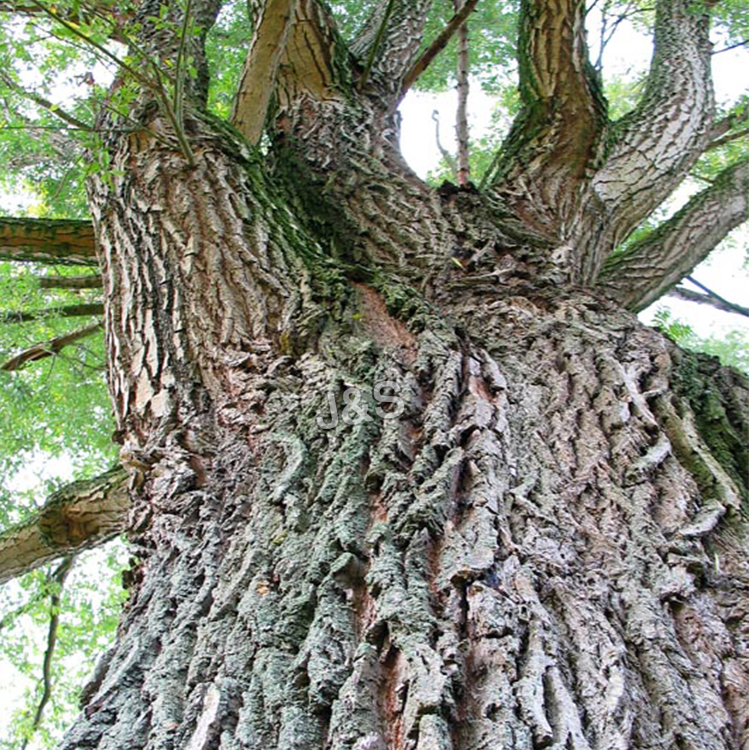
Related Product Guide:
We have been committed to offering easy,time-saving and money-saving one-stop purchasing service of consumer for Competitive Price for White Willow Bark Extract Factory from Malaysia , The product will supply to all over the world, such as: Uzbekistan, Holland, Mombasa, We adopted technique and quality system management, based on "customer orientated, reputation first, mutual benefit, develop with joint efforts", welcome friends to communicate and cooperate from all over the world.
I think that we all know that fatty liver is becoming a common problem among people. This is all because of the unhealthy lifestyle habits, and all liver problems should be treated as soon as possible, because liver’s weakening can be life-threatening as well. The liver is the main body cleanser. The liver’s role is to eliminate the harmful and dangerous toxins from the human body. Nowadays, the liver is functioning more than ever, because of the foods that contain high amounts of fat, alcohol, smoking and other harmful habits, which can affect and weaken its function. A liver problem is most commonly diagnosed and discovered in scheduled medical examinations by a medical specialist. This is because the symptoms are often unspecified and they act incoherently. Because of the poor liver function, our body is starting to experience some skin problems, such as the appearance of dark spots, rash and itching. It can cause digestion problems as well, increase the blood pressure, it can cause bloating and accumulation of excess water in the liver area. And, at last, it can cause hepatitis, the eyeballs become yellow, as well as the skin.
Fatty Liver
Can i ask you a simple question – do you know what’s fatty liver? We can answer that for you – when your liver is composed of 5 to 10 percent fat by weight, you have fatty liver disease. The function of the liver is to produce bile so the body can digest fats, break down hormones, cleanse the blood, and store vitamins and minerals. But, when you have fatty liver disease, the liver is unable to adequately break down the fats it has extracted from the blood. The fats accumulate and the liver becomes enlarged. You should also know that fatty liver is the most common liver disorder in the world. Causes and increased risk factors for fatty liver disease include:
Age
Alcohol consumption
Diabetes
Genetics
High cholesterol
High triglycerides
Obesity
Poor diet and/or malnutrition
Sedentary lifestyle
Some medications
Thyroid disorders
Most Common Causes
We can easily say that sugary drinks, including not only soda but also fruit juice, lemonade, fruit punch, and the like, are a major source of fructose in the US diet. A recent study from Tufts University has found that this could be putting your health at risk, as those who consumed at least one sugary drink daily had a higher risk of liver damage and fatty liver disease. The experts say that sugary drinks are likely one major factor in why even children are developing fatty liver disease at alarming rates. The longer you have fatty liver disease, the more likely it is to progress into more serious disease like liver fibrosis (accumulation of abnormal fibrous tissue), cirrhosis (accumulation of scar tissue), and NASH.
Most Common Symptoms of Fatty Liver Disease
Fatigue
Weight loss
Pain in upper abdomen
Jaundice – which is shown by a yellow discoloration in our skin or mucus membrane
Swelling of our body (referred to as ascites and edema) because of the lack of protein being produced by the liver
Increased bruising
Mental confusion
Note: you should see your doctor to be sure that the symptoms you are experiencing are linked to non-alcoholic fatty liver disease. These symptoms are often associated with a number of different diseases.
Natural Remedies
Milk thistle and burdock for cleansing the liver
First, you should know that there are more than 10,000 recently published papers, which show that milk thistle, both silymarin and silybin, reduces the inflammation and oxidative stress of fatty liver disease! Many experts think that milk thistle is the best liver cleanser, because it contains silymarin, which stimulates the regeneration of damaged cells of that organ, while protecting the healthy ones.
Drink Green Tea Every Day
You can also use green tea to treat this fatty liver disease. How this works – well, the green tea acts as an antioxidant and it also reduces inflammation, preventing the accumulation of fat in the central organ in the organism. .
Don’t Forget Dandelion Root
The medical experts also say that dandelion root stimulates the liver detoxification process, and it also regenerates the damaged cells! This super healthy ingredient is extremely useful and beneficial for treating this health problem. .
Whey
You should also know that this homemade whey treatment is also very effective at treating fatty liver disease. .
This manufacturer can keep improving and perfecting products and service, it is in line with the rules of market competition, a competitive company.
